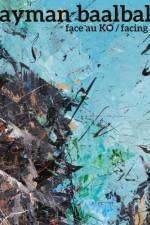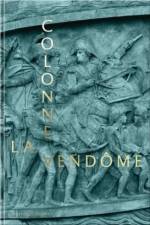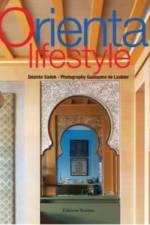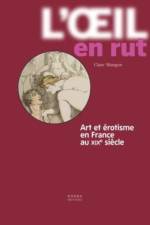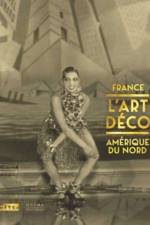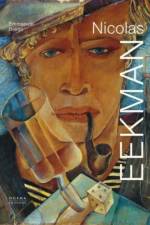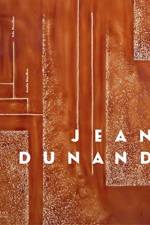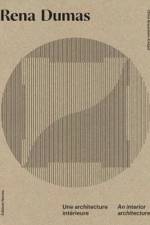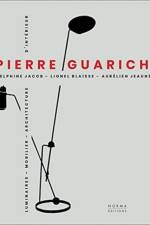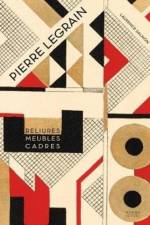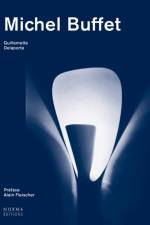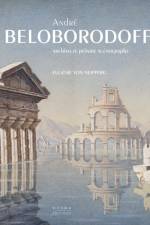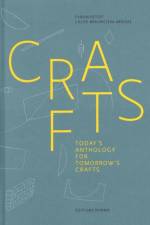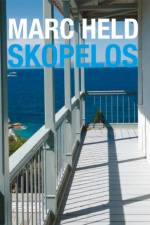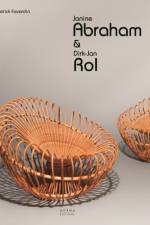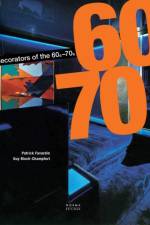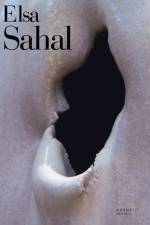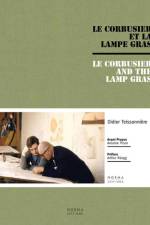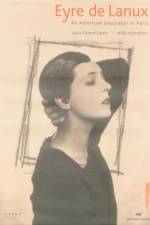av Didier Teissonniere
441
"The truth is, decorative art is equipment, beautiful equipment," Le Corbusier, L'Art décoratif d'aujourd'hui This book traces the history of an encounter between a remarkable invention, half-industrial half-design object, and one of the most famous architects of the 20th century. Created in 1921, the Gras lamp holds a unique place in the history of lighting. A revolutionary design of marvelous simplicity, its original purpose was to meet the needs of the booming manufacturing and retail sectors. The young Le Corbusier, passionate about the challenges of interior lighting, adopted it as his own from the early 1920s on. Thanks to its remarkable functionality, this lamp also perfectly corresponded to his desire to break with decoration and ornament, and the architect went on to utilize it in his studio in the rue de Sèvres in Paris as well as his home. He also placed it in many of the interiors of the houses he designed: the Villa Le Lac (Switzerland), the Villa La Roche (Paris), the Guiette House (Antwerp), the Villa Savoye (Poissy), and the villa belonging to his friend Eileen Gray in Roquebrune-Cap-Martin. Relying on rich photographic documentation from the period, the book goes through the history of the Gras lamp, its patents and various models, but it also enables the reader to rediscover Le Corbusier's interior designs through the prism of this icon of design, as he was one of this lamp's main promoters in modern times. Text in English and French. Contents: Preface, Antoine Picon; Le Corbusier and "the law of light" Arthur Rüegg; The Lamp and the Architect; Le Corbusier: For daily use; The Studio in the rue de Sèvres; Private homes; A Restoration story; Le Corbusier's Designs; Introduction; Villa Le Lac, "little house," Corseaux near Vevey (Switzerland), 1923; La Roche-Jeanneret house, Paris, 1925; Guiette House, Antwerp, 1926; Villa Savoye, "Clear Hours," Poissy, 1929-1931; Swiss Pavilion, Cité Universitaire, Paris, 1931-1933; Visiting Eileen Gray; Bibliography; Chronology.


